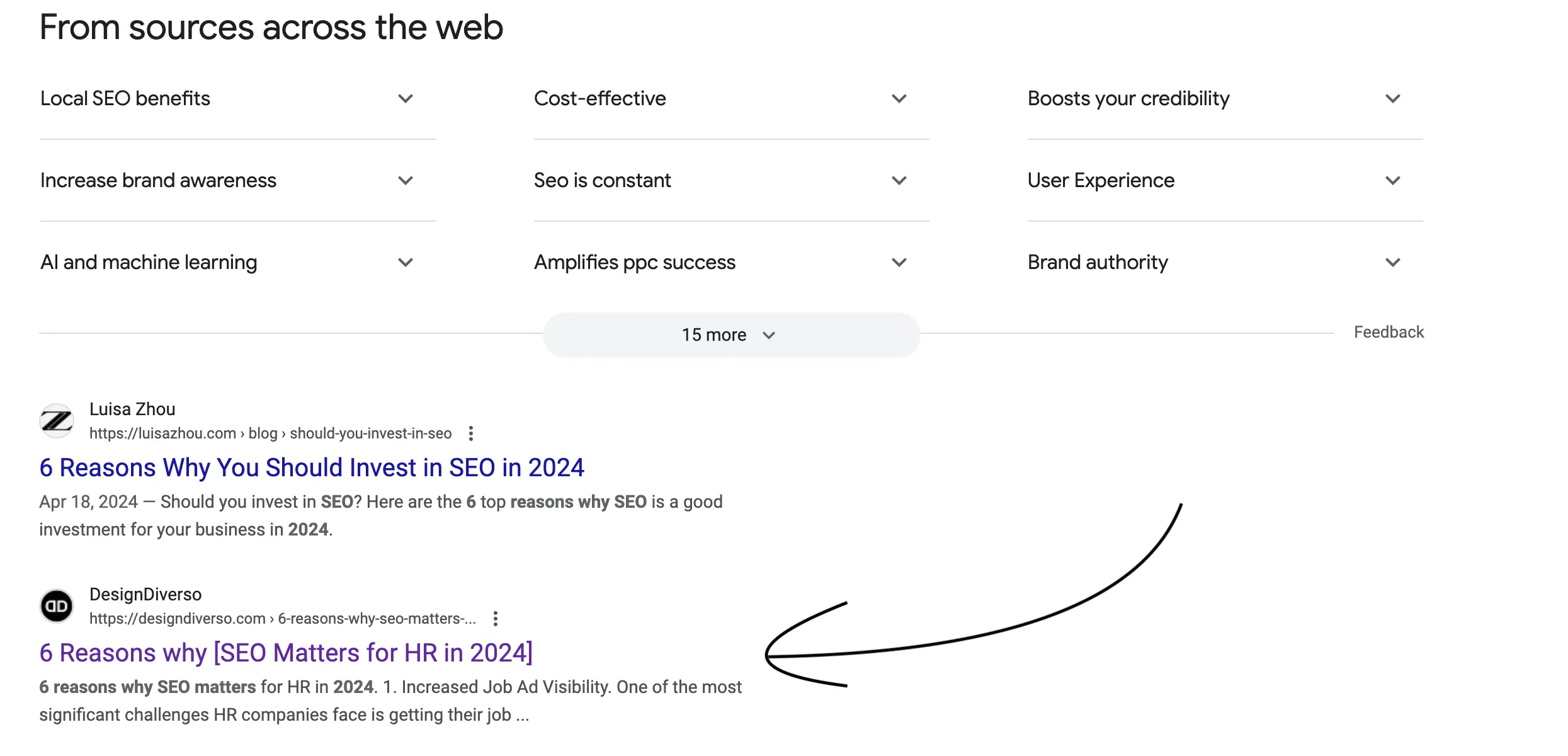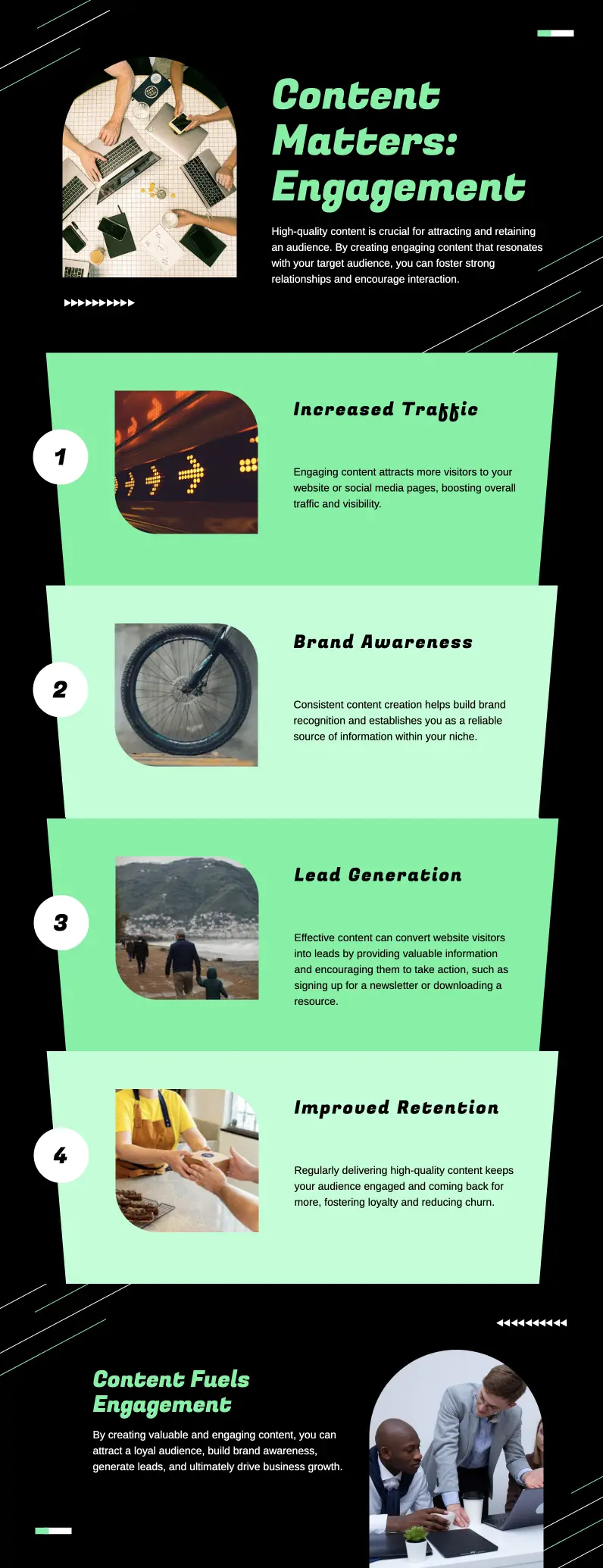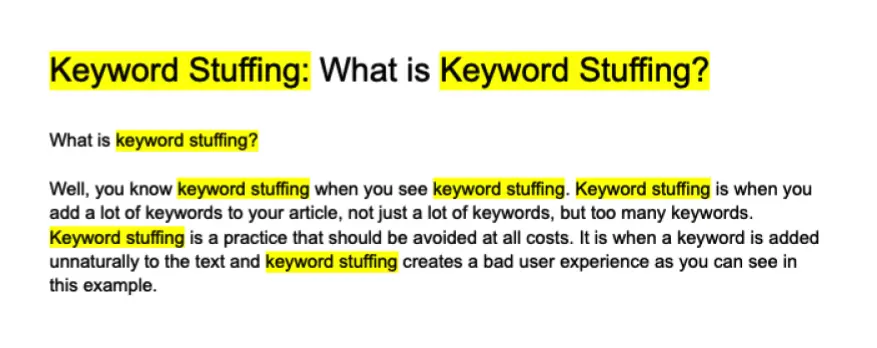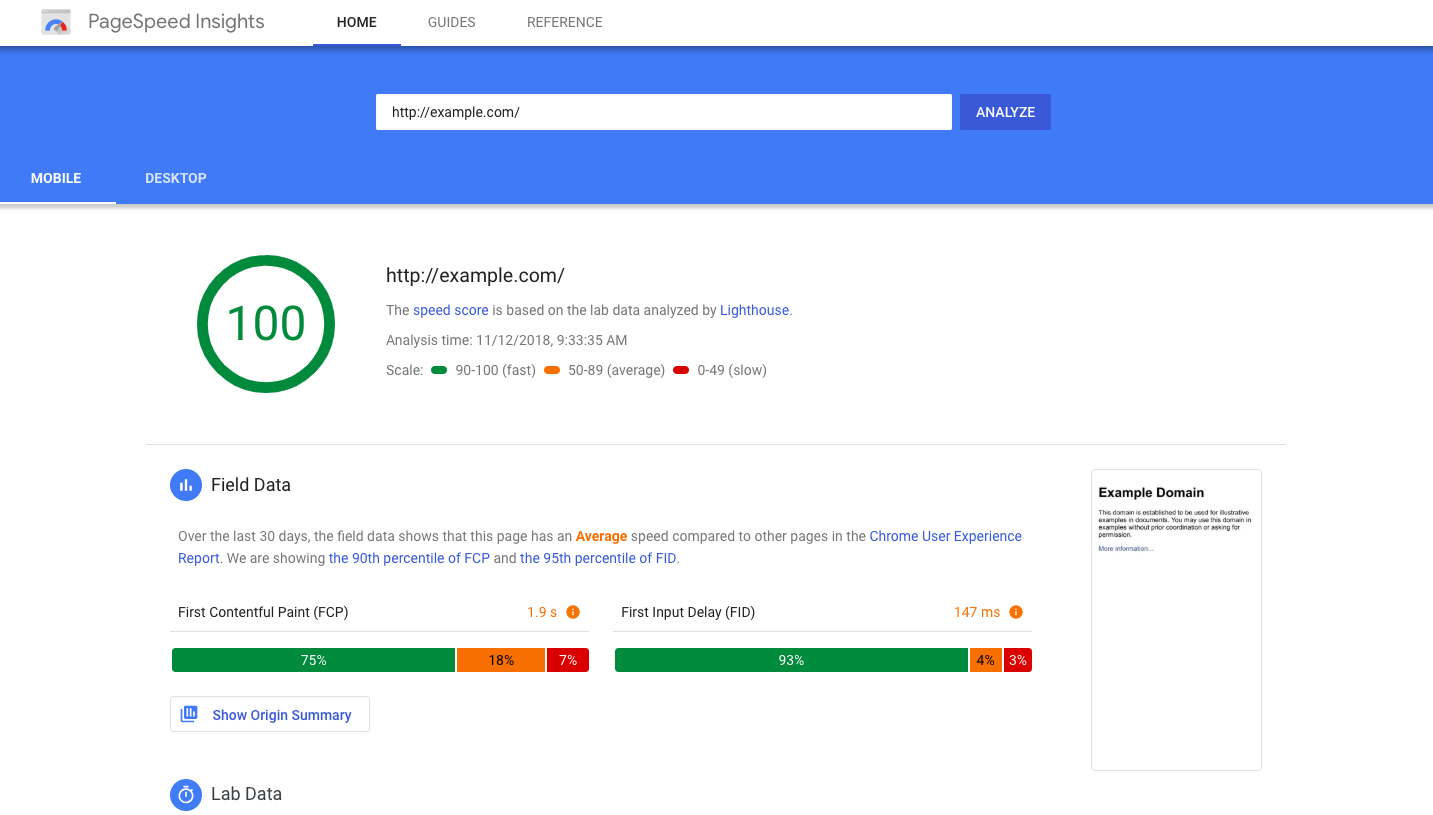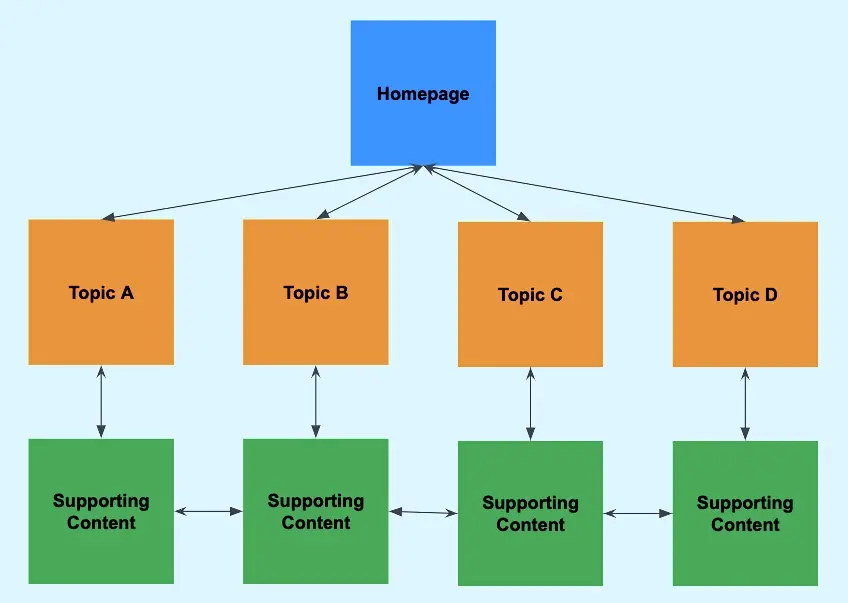
Keyword cannibalization is a term that refers to a phenomenon in which multiple pages on a website target the same keyword or set of keywords. This can occur unintentionally when a website owner creates content that unintentionally competes with itself in search engine rankings. While some SEO experts believe that keyword cannibalization can harm a website’s search engine rankings, others argue that it is not necessarily a problem.
In this article, we will explore the topic of keyword cannibalization in more depth to determine whether or not it is a significant issue for website owners to be concerned about. We will discuss the potential negative impacts of keyword cannibalization and provide tips on how to avoid it in order to maintain a strong online presence.
The Negative Impacts of Keyword Cannibalization
One of the main concerns with keyword cannibalization is that it can confuse search engines and make it difficult to determine which page should rank for a particular keyword. When multiple pages on a website target the same keyword, search engines may have trouble deciding which page is the most relevant and authoritative. As a result, the website’s overall search engine rankings can suffer.
In addition, keyword cannibalization can dilute the impact of a website’s content. When multiple pages target the same keyword, they may end up competing with each other for search engine rankings. This can lead to a situation where none of the pages rank as highly as they could if they were targeting separate keywords. As a result, the website may not be able to fully capitalize on its content and may miss out on potential traffic and leads.
Furthermore, keyword cannibalization can also confuse users who visit the website. If multiple pages on a website target the same keyword, users may have trouble finding the information they are looking for. This can lead to a negative user experience, which can in turn reduce the website’s conversion rates and overall success.
Overall, keyword cannibalization can have a range of negative impacts on a website’s search engine rankings, user experience, and overall performance. For this reason, it is important for website owners to be aware of the issue and take steps to avoid it in order to maintain a strong online presence.
Tips for Avoiding Keyword Cannibalization
There are several steps website owners can take to avoid keyword cannibalization and ensure that their website’s content is optimized for search engine rankings. Some of these tips include:
1. Conduct keyword research: Before creating content for a website, it is important to conduct thorough keyword research to identify the most relevant and competitive keywords for the website’s target audience. By targeting different keywords on each page, website owners can avoid cannibalization and ensure that each page has the best chance of ranking highly in search engine results.
2. Create unique and valuable content: To avoid keyword cannibalization, website owners should focus on creating unique and valuable content for each page on their website. By providing content that is relevant, informative, and engaging, website owners can increase their chances of ranking highly for their target keywords and attracting more traffic to their website.
3. Use internal linking strategically: Internal linking is an important SEO strategy that can help website owners avoid keyword cannibalization. By linking related pages together using anchor text that includes relevant keywords, website owners can help search engines understand the relationships between different pages on the website and ensure that each page ranks as highly as possible.
4. Monitor and optimize website performance: To avoid keyword cannibalization, website owners should regularly monitor their website’s performance in search engine results and make adjustments as needed. By tracking keyword rankings, traffic levels, and conversion rates, website owners can identify and address any instances of cannibalization before they negatively impact the website’s overall performance.
Wrapping up
Keyword cannibalization can be a real problem for website owners who are looking to maximize their search engine rankings and attract more organic traffic. By targeting the same keywords on multiple pages, website owners risk confusing search engines, diluting the impact of their content, and providing a poor user experience.
Fortunately, there are steps that website owners can take to avoid keyword cannibalization and ensure that their website’s content is optimized for search engine rankings. By conducting thorough keyword research, creating unique and valuable content, using internal linking strategically, and monitoring and optimizing website performance, website owners can increase their chances of ranking highly in search engine results and attracting more traffic to their website.
Ultimately, keyword cannibalization is a problem that website owners should be aware of and take steps to avoid. By following the tips outlined in this article, website owners can ensure that their website’s content is optimized for search engine rankings and provide a positive user experience for their target audience.

